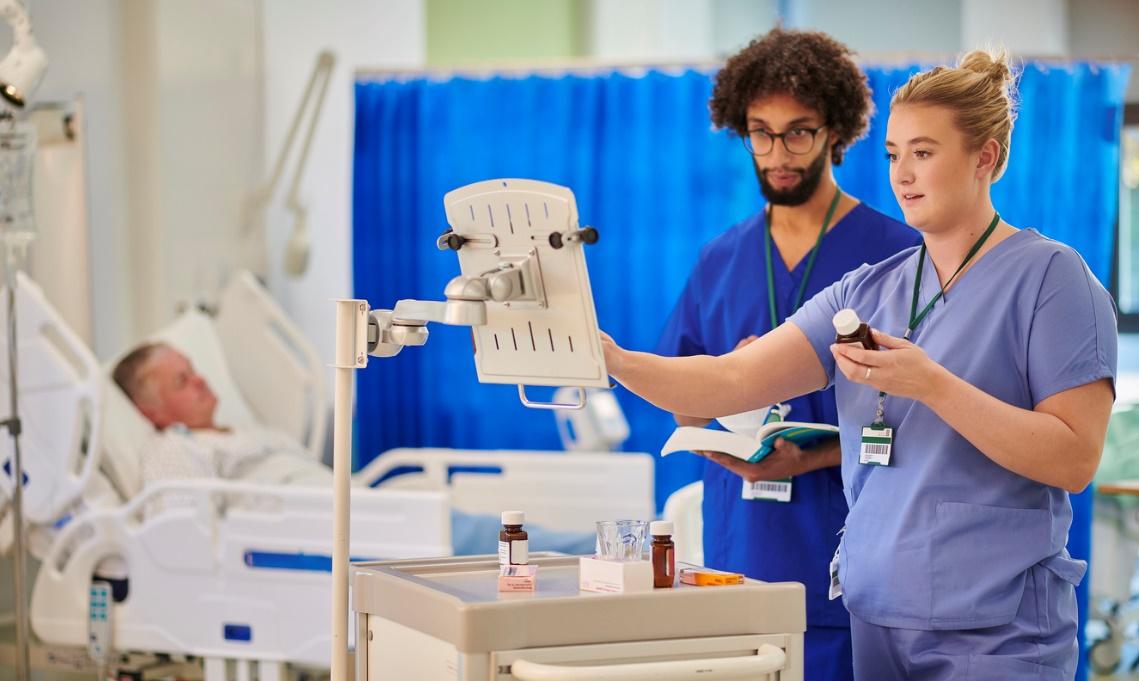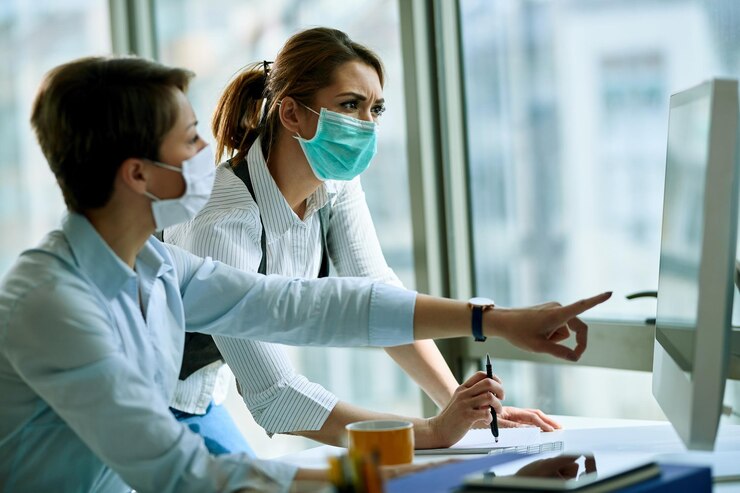It goes without saying that safety is central to everything in healthcare. When you literally have people’s lives in your hands, you need to approach the situation in a careful and safe manner. To ensure a safe environment, you not only need thorough safety protocols, but they also need to be updated regularly based on the latest research and evidence. When modern medical institutions do this well, a direct link to improved patient health outcomes will be evident.
Evolution Of Safety Initiatives
Like most areas of healthcare, things have changed dramatically throughout the history of safety initiatives. Early safety protocols were basic at best and were often reactive rather than proactive. As medical knowledge expanded and technology advanced, so did these initiatives.
Major health-related incidents have always been a powerful catalyst for change in safety practices. The thalidomide tragedy of the 1960s is a good example of a situation that prompted stricter regulations in drug testing and approval processes. More recently, the SARS outbreak of 2003 led to significant improvements in infection control protocols all around the world.
Interestingly, the healthcare industry has often looked to other industries for inspiration when it comes to safety procedures. The aviation industry’s emphasis on checklists and redundancy was adopted by surgical teams to reduce errors during operations. There was also a strict adherence to protocols in the nuclear energy space that inspired a similarly strict approach within hospital emergency response.
The key thing to note is that healthcare safety initiatives do not stay stagnant. Institutions are constantly learning from events happening around the world and trying to ensure that their policies are the best they can be.
Direct Impacts On Health Outcomes
To understand the significance of safety initiatives, we need to look at their direct impacts on health outcomes. Let’s start by looking at how quantifiable improvements can be seen when safety measures are updated. It’s well-documented that there’s a clear correlation between enhanced safety protocols and better health results. A simple historical example of this is evident in the link between reduced infection rates and increased hand hygiene practices in healthcare settings.
Some of the positive health effects of safety updates are indirect, rather than direct. If you consider patient confidence and mental well-being, having strong protocols in place that allow patients to feel safe and confident in the system can improve their experience and outcomes. Knowing that all the necessary precautions are being taken can provide peace of mind.
The prevention or reduction of readmissions is another important factor. Safety protocols lead to fewer mistakes, which results in a reduction in readmissions and further care being required. For example, surgical site infections are one of the most common reasons for readmission, and there’s evidence to suggest that these infections drop dramatically when safety checklists are used during surgeries.
How Safety Initiatives Evolve
It’s all well and good to say that safety measures evolve, but how exactly does that happen? The process involves a lot of moving parts. It requires collaboration between many different stakeholders and ongoing effort. Healthcare professionals, patients, regulatory bodies medical associations, and experts from various fields such as technology and psychology all have a role to play.
One way things evolve is through feedback loops. Essentially, this is when adjustments are made to policies based on outcomes and changing conditions. This typically means gathering input from both healthcare professionals and patients regarding their experiences with current safety measures and using that feedback to clearly define what works well and where improvements can be made.
Interdisciplinary collaboration further fuels these advancements by integrating diverse perspectives. Psychologists can provide insight into behavioral factors affecting compliance with safety protocols, while tech experts can offer innovative solutions to streamline processes or improve data collection methods.
Challenges In Keeping Safety Initiatives Updated
One of the most significant obstacles to keeping safety initiatives updated is resistance to change. As humans, we are often hesitant to adopt new ways of doing things, especially when they alter routines or systems that have been in place for a long time. This hesitancy is probably the main factor that slows down the adoption and implementation of improved safety measures.
Financial constraints also pose substantial hurdles. Updating safety measures typically involves costs. New equipment needs to be purchased, staff need extra training and sometimes entire physical spaces need to be redesigned. Particularly when budgets are tight, these expenses can be daunting. Healthcare leaders must understand that spending on safety usually pays off in the long run anyway through the reduction in accidents and fewer readmissions. You should think of it as an investment, rather than an expense.
One other potential challenge is balance. While it’s great to embrace everything new and shiny, preserving tried-and-true methods is also important. Traditional methods that have stood the test of time have usually been successful for a reason.
They hold valuable wisdom considering the redesigning or updating safety policies helps in creating balance.
The Future Of Safety Initiatives
We should expect safety initiatives to continue with the evolution in the system because they shape the way society changes.
Given the pace that which technology is advancing, particularly in areas such as data analysis, it’s easy to see a world where automation becomes more embedded.
It is through the individual level training that the conditions of the aging population are better. Reputable institutions offers training such as the AGACNP post master’s certificate online course. Individuals can complete the accredited program at the Rockhurst University’s in as little as four semesters.
Designed for working nurses, this course will equip students with everything they need to treat older adults with acute care needs.
Genomic-based and other personalized types of medicine are gaining in popularity, and that will likely affect safety too. On an individual level, a number of treatments are becoming more accessible. This will lead to controlling risks related to the conditions of patients.
Wearable technology such as biosensors could also be relevant here. Healthcare professionals need to learn a lot after they get access to real-time patient vitals. They will find it quite useful along with following the help guide safety protocols.
Safety is both the number one priority and a continuous journey, and you must always keep the patient’s well-being at heart when designing these processes. It is essential to pay attention to changes in healthcare both around the country and the world and to try to find the perfect balance between the old and the new.
Read Also:





























